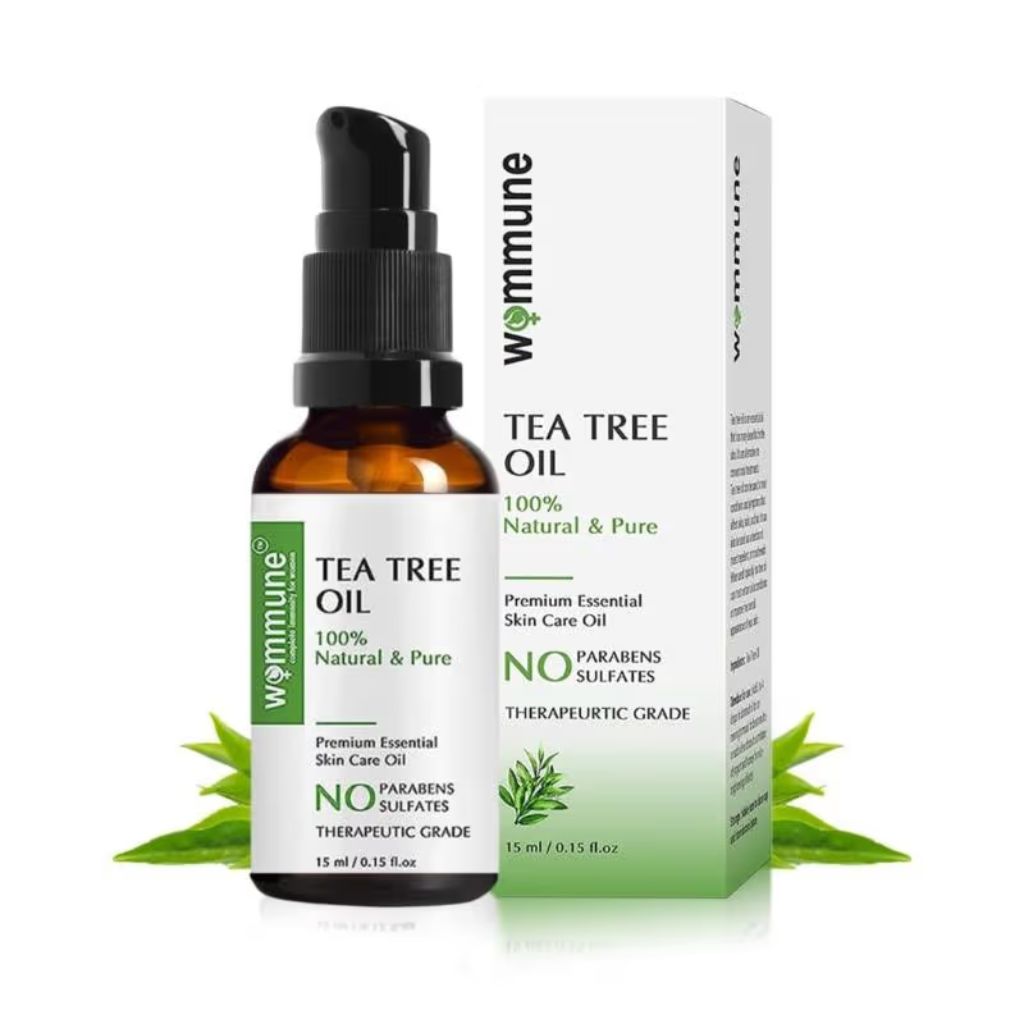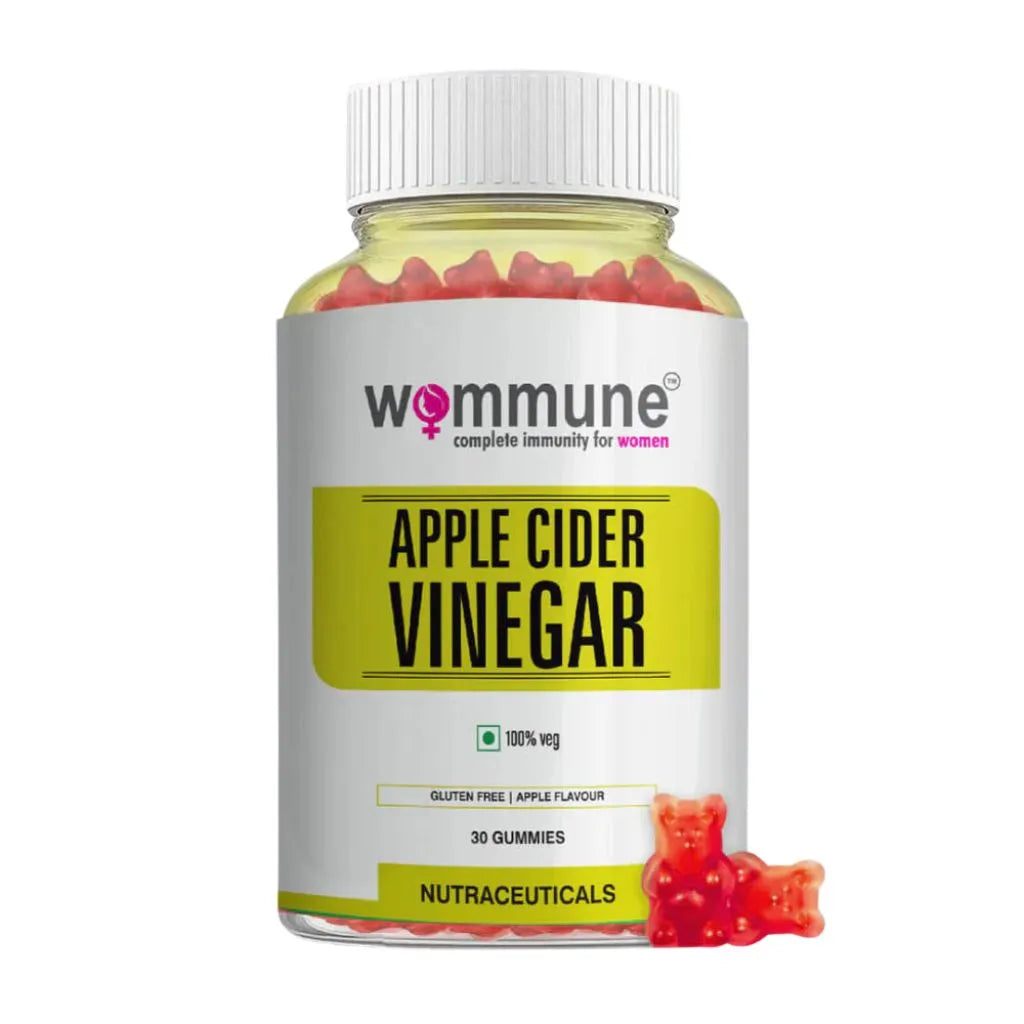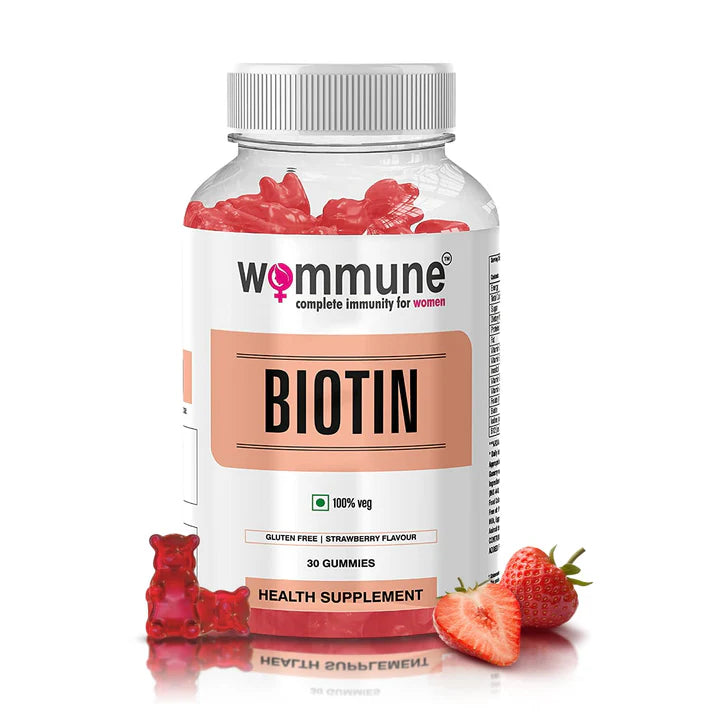Every Indian household has that one relative who swears by homemade multani mitti face packs. "Mix it with rose water," they say. "Add some lemon juice for extra glow." But here's what they don't tell you: the multani mitti you're buying from your local store might be doing more harm than good to your acne-prone skin.
Let me share what I've learned after years of research into traditional Indian skincare ingredients. The truth about multani mitti is both simpler and more complex than most people realize.
The Multani Mitti Reality Check
First, let's be honest about what multani mitti actually is: it's Fuller's earth, a clay-like substance that's incredibly effective at absorbing oil and impurities from the skin. When used correctly, it can genuinely help with acne, blackheads, and oily skin issues.
But here's the problem: not all multani mitti is created equal. The powder you pick up from your neighborhood store might contain impurities, additives, or even bacteria that can worsen acne rather than help it.
Why Your DIY Masks Might Be Backfiring
You know that burning sensation you get sometimes after using a homemade multani mitti mask? That's not "detoxification" or "deep cleansing." That's your skin telling you something is wrong.
Many women experience increased breakouts after using DIY multani mitti masks, and they blame their skin rather than questioning the quality of their ingredients. Here's what's probably happening:
Contamination Issues: Regular multani mitti powder can harbor bacteria, especially if it's been sitting in your bathroom cabinet for months. Every time you dip wet fingers into the container, you're potentially introducing harmful microorganisms.
pH Imbalance: Pure multani mitti is highly alkaline, which can disrupt your skin's natural pH balance. When you add lemon juice (as many DIY recipes suggest), you're creating unpredictable chemical reactions that can irritate sensitive skin.
Inconsistent Quality: Most store-bought multani mitti isn't tested for purity or consistency. You might be getting clay mixed with sand, chemicals, or other adulterants that can clog pores rather than clear them.
The Commercial Alternative: Is It Better?
Now, this doesn't mean you should automatically trust every commercial multani mitti product either. The beauty industry is full of products that promise traditional benefits with modern convenience, but many fall short on quality.
However, reputable brands that specialize in natural skincare ingredients do offer significant advantages:
Quality Control: Established brands test their clay for purity, pH levels, and bacterial content. This means you're getting a consistent, safe product every time.
Proper Processing: Commercial-grade multani mitti is properly processed to remove impurities and achieve the right particle size for skincare use.
Stability: Quality products are formulated to remain stable over time, so they won't develop bacteria or lose effectiveness sitting in your cabinet.
What Makes Quality Multani Mitti Different
Here's where it gets interesting. Premium multani mitti products aren't just about the clay itself - they're about how it's sourced, processed, and preserved.
Sourcing Matters: The best multani mitti comes from specific regions with naturally pure clay deposits. Generic store-bought versions might be sourced from anywhere, with varying levels of purity.
Processing Standards: Quality products undergo multiple purification steps to remove contaminants while preserving the clay's natural beneficial properties.
Particle Size: The effectiveness of multani mitti partly depends on the particle size. Too coarse, and it won't mix properly. Too fine, and it won't provide the gentle exfoliation that helps with acne.
Testing: Reputable brands test for heavy metals, bacteria, and other contaminants that could harm acne-prone skin.
The Acne Connection
Let's talk specifically about acne, because this is where the quality difference really matters. Acne-prone skin is already inflamed and sensitive. Using contaminated or impure clay can introduce bacteria directly into your pores, making breakouts worse.
Quality multani mitti works for acne because it:
Absorbs Excess Oil: Without stripping your skin completely, which can trigger rebound oil production.
Unclogs Pores: The fine clay particles help remove debris and dead skin cells that can clog pores.
Reduces Inflammation: Pure clay has natural anti-inflammatory properties that can calm existing breakouts.
Balances Skin: When properly formulated, it helps maintain your skin's optimal pH levels.
The DIY Trap
Social media is full of DIY multani mitti recipes promising miraculous results. But here's what these tutorials don't tell you: skincare isn't just about ingredients, it's about formulation.
When you mix multani mitti with random kitchen ingredients, you're essentially conducting chemistry experiments on your face. Some combinations can be beneficial, but others can cause:
Chemical Burns: Mixing clay with acidic ingredients like lemon can create reactions that literally burn your skin.
Bacterial Growth: Adding organic ingredients like milk or honey to clay creates a perfect breeding ground for bacteria.
pH Chaos: Different ingredients have different pH levels. Mixing them randomly can create products that disrupt your skin's natural barrier.
How to Choose Quality Multani Mitti
Whether you go DIY or commercial, here's what to look for:
Pure Ingredients: The ingredient list should be short and clear. Quality multani mitti doesn't need a dozen additives.
Proper Packaging: Clay should be stored in airtight containers to prevent contamination. Avoid products in open bins or unclear packaging.
Brand Reputation: Look for brands that specialize in natural skincare ingredients and have transparent sourcing and testing practices.
Realistic Claims: Be wary of products promising instant results or miracle cures. Quality clay works gradually and consistently.
The Smart Approach
Here's my take after researching this extensively: you don't have to choose between DIY and commercial products exclusively. The smart approach is understanding when each option makes sense.
Use quality commercial multani mitti when:
-
You have active acne or sensitive skin
-
You want consistent results
-
You're concerned about contamination
-
You prefer convenience and reliability
Consider DIY approaches when:
-
You have stable, non-reactive skin
-
You understand proper mixing ratios and pH balance
-
You can source high-quality, pure ingredients
-
You enjoy experimenting with natural skincare
The Bottom Line
The debate between DIY and store-bought multani mitti isn't really about which is "better" universally. It's about understanding what your skin needs and choosing products that meet those needs safely and effectively.
For acne-prone skin specifically, I lean toward recommending quality commercial products because the stakes are higher. Introducing bacteria or irritants to already inflamed skin can set back your progress significantly.
But regardless of what you choose, the most important factor is quality. Whether you're mixing clay in your kitchen or buying it from a store, make sure you're using pure, properly processed multani mitti from reputable sources.
Your skin deserves ingredients that help, not harm. Sometimes the traditional way needs a modern quality upgrade to deliver traditional benefits safely.
This article is for informational purposes only and should not replace professional medical advice. Always patch-test new skincare products and consult with a dermatologist if you have persistent acne or skin concerns.




